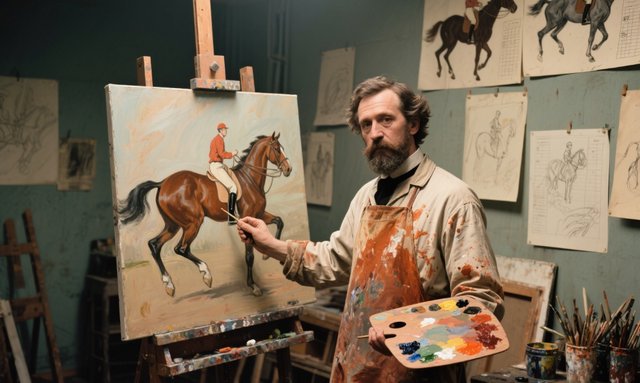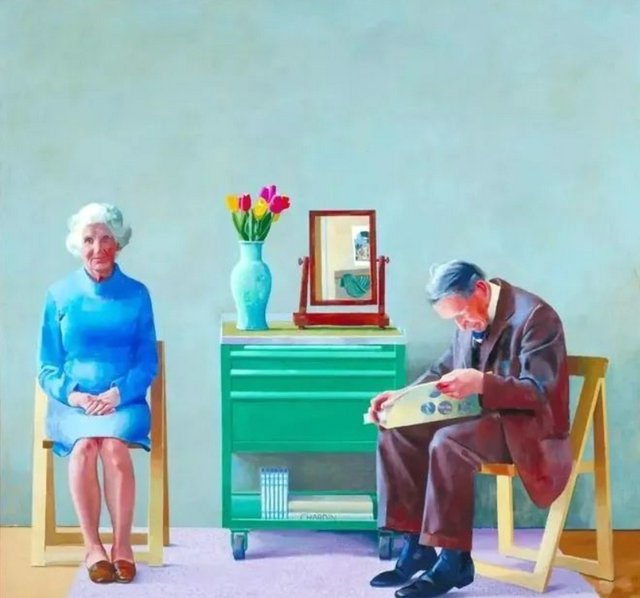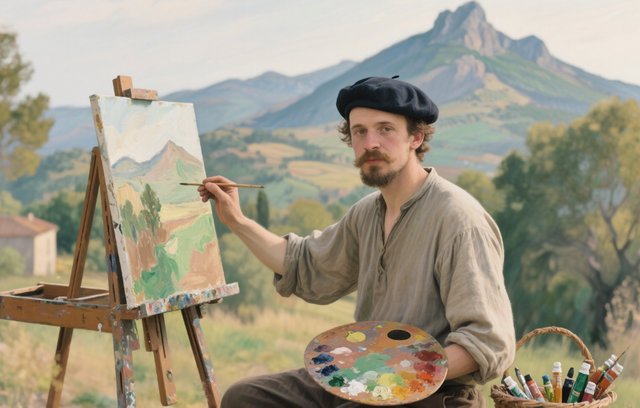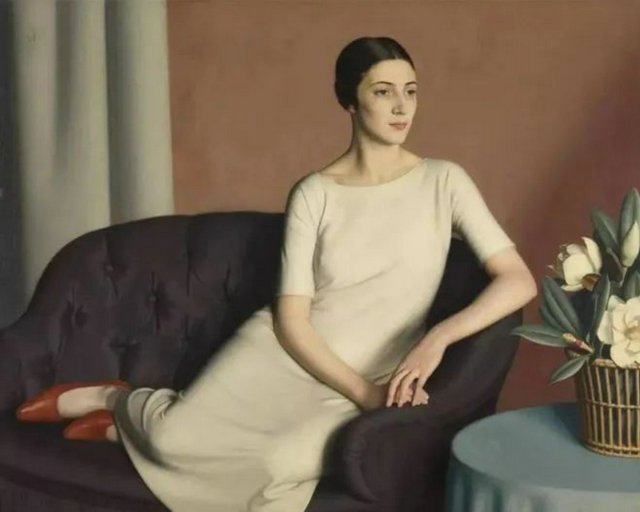10 Artists Who Died Penniless—Their Paintings Now Sell for Millions (The Tragic Truth)
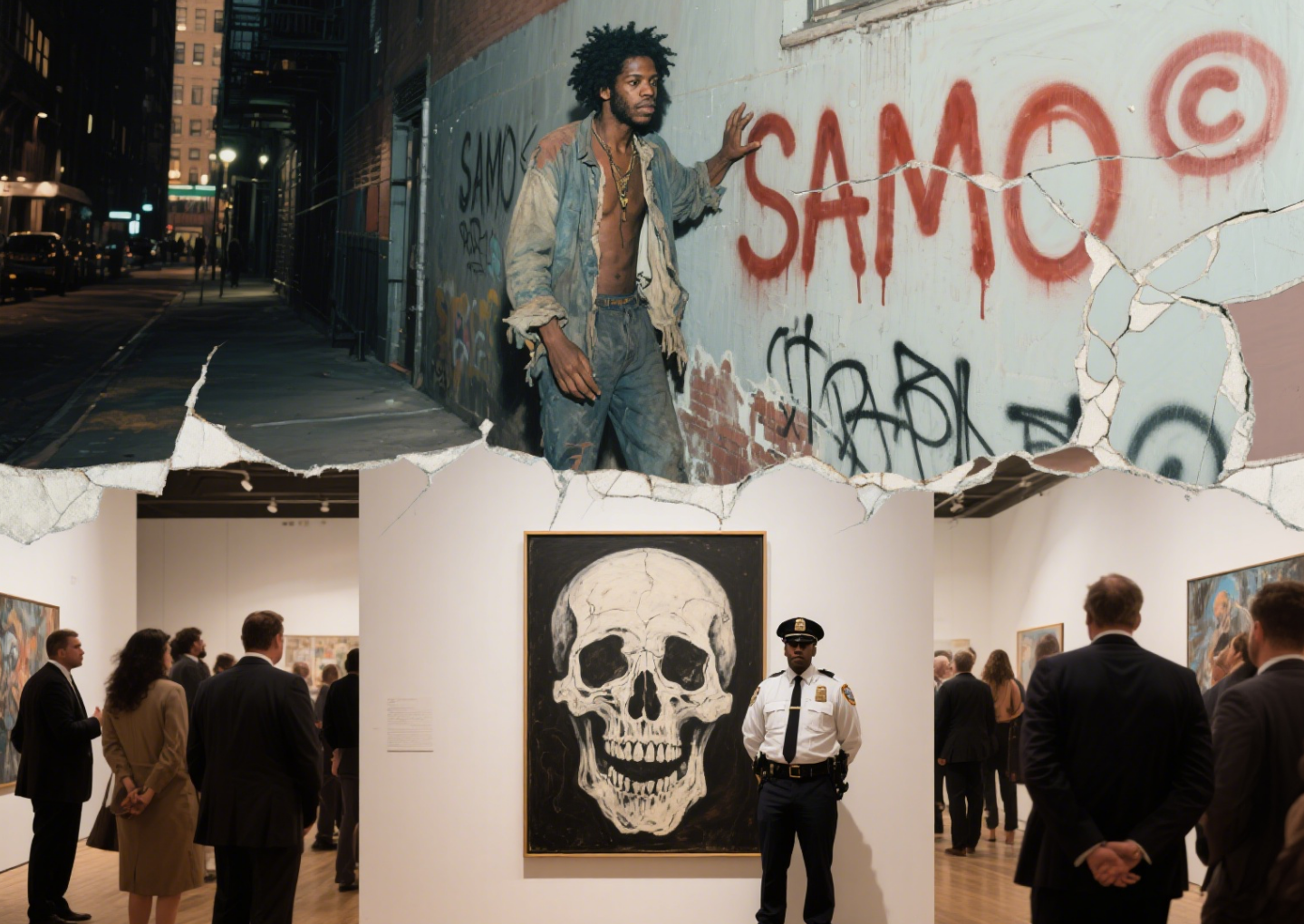
Art history is full of cruel ironies. Some of the world’s greatest painters lived in rags, selling few (if any) works, only to have their art fetch millions decades after their deaths. Their stories aren’t just tragic—they’re lessons in how genius is often misunderstood in its time. At theArtPaint, we’re highlighting 10 such Artists, their struggles, and the staggering rise of their work after death.
1. Vincent van Gogh (1853–1890)
Van Gogh’s name is synonymous with posthumous fame. He sold just one painting in his lifetime: The Red Vineyard (1888) for 400 francs (about $2,000 today). He lived off his brother Theo’s allowance, often skipping meals to buy paint.
His mental health struggles and “unconventional” style (bold brushstrokes, vivid colors) made galleries reject him. In 1890, he died by suicide, leaving over 800 works. Today, his Portrait of Dr. Gachet sold for \(82.5 million in 1990, and *Sunflowers* fetched \)40 million in 1987. His tragedy? He never knew his art would define modern painting.
2. Amedeo Modigliani (1884–1920)
Modigliani, the Italian-Jewish artist, lived in Parisian poverty, drinking heavily and struggling with tuberculosis. He traded paintings for meals and rent, once bartering a portrait to a landlord for a month’s stay.
Galleries dismissed his elongated figures as “ugly” and “distorted.” He died at 35, penniless, with his lover Jeanne Hébuterne taking her own life days later. In 2018, his Nu Couché sold for $157.2 million—the most expensive work by a 20th-century artist at the time. His work now symbolizes 1920s bohemianism.
3. Jean-Michel Basquiat (1960–1988)
Basquiat started as a street artist in New York, tagging walls as “SAMO©” to make ends meet. He sold his first painting for $50 in 1980, but by 1988, he was dead from a drug overdose at 27, with little savings.
Critics called his raw, graffiti-inspired style “unrefined.” Yet in 2017, his Untitled (a skull painting) sold for $110.5 million, making him the most expensive American artist ever at auction. His rise? A mix of bold talent and a posthumous push to recognize Black artists in a white-dominated art world.
4. Henri Rousseau (1844–1910)
Rousseau, a self-taught French artist, worked as a toll collector to survive—earning him the nickname “Le Douanier” (“The Customs Officer”). He painted in his spare time, but galleries mocked his “naive” style (flat figures, bright jungles).
He sold almost no art, once begging a dealer, “I’ll paint anything—even your dog!” He died of pneumonia, unrecognized. Today, his The Dream (1910) hangs in MoMA, and his works sell for $20 million+. Picasso later called him “a genius” who “painted like no one else.”
5. William Blake (1757–1827)
Blake, a British poet and painter, made a living engraving books—his own visionary art (mythic scenes, bold colors) was deemed “mad” by his peers. He died in poverty, with his wife selling his prints for pennies to pay rent.
Few knew his work until the 20th century, when critics realized his paintings (like The Ancient of Days) merged art and philosophy. In 2018, a Blake watercolor sold for $7.4 million. He once wrote, “I must create a system, or be enslaved by another man’s”—a prophecy of his posthumous freedom.
6. Johannes Vermeer (1632–1675)
Vermeer, the Dutch master of light, painted just 35 works. He struggled to support his 11 children, relying on his in-laws for money. When he died during a financial crisis, his family sold his paintings to pay debts—for next to nothing.
His work was forgotten for 200 years until 19th-century critics rediscovered his Girl with a Pearl Earring and The Milkmaid. In 2004, his Young Woman Seated at the Virginals sold for $30 million. His genius? Capturing quiet moments with unmatched precision—something the world needed time to appreciate.
7. James Ensor (1860–1949)
Ensor, a Belgian artist, painted grotesque masks and carnival scenes—works so strange, his own family called them “horrible.” He lived with his parents above their curiosity shop, selling almost no art for decades.
He once wrote, “I am ignored, mocked, hated.” Yet in 1929, Belgium honored him with a retrospective, and by his death, he was celebrated. In 2019, his The Entry of Christ into Brussels sold for $9.2 million. His “oddness” is now seen as pioneering surrealism.
8. Paul Gauguin (1848–1903)
Gauguin quit his job as a stockbroker to paint, but poverty followed. He lived in Tahiti, begging for food and trading paintings for supplies. He wrote, “I am dying of hunger,” before his death from syphilis at 54.
Critics called his bright, exotic scenes “primitive.” Today, his Nafea Faa Ipoipo (When Will You Marry?) sold for $210 million in 2015. His legacy? Proving art could escape Europe’s norms—and that genius often requires leaving comfort behind.
9. Camille Pissarro (1830–1903)
Pissarro, a key Impressionist, was exiled from France in 1870, losing most of his early work. He sold paintings for as little as 10 francs to feed his 8 children, once writing, “I am reduced to eating bread and onions.”
Galleries rejected Impressionism as “unfinished,” but Pissarro persisted. Today, his Haymaking, Eragny sold for $14.6 million in 2014. He mentored Cézanne and Gauguin, proving even struggling artists can lift others.
10. Édouard Vuillard (1868–1940)
Vuillard, a French Nabi artist, painted intimate scenes of family life. He lived with his mother (a seamstress) well into adulthood, selling few works—his subtle style was overshadowed by bold Impressionism.
He died in 1940, his name barely known. But in 2002, his The Garden at Vaucresson sold for $10.6 million, and his works now hang in the Louvre. His gift? Finding beauty in the ordinary—a lesson the world took time to learn.
How to Spot the Next “Posthumous Star”
History shows genius is often overlooked. Here’s how to identify undervalued artists today:
Track “outsiders”: Self-taught artists or those rejected by mainstream galleries (like Rousseau) often gain fame later.
Study style: Work that challenges norms (Basquiat’s graffiti, Ensor’s masks) may take decades to be understood.
Check provenance: Artists who sold little in their lifetime, but have a consistent body of work, are risks worth taking.
Follow critics, not trends: Early champions of Van Gogh and Basquiat were mocked—trust your eye over hype.
Table: From Rags to Riches—10 Artists’ Posthumous Boom
| Artist | Lifetime Earnings (Est.) | Posthumous Record Sale | Time to Fame (After Death) |
|---|---|---|---|
| Vincent van Gogh | ~$2,000 | $82.5M (Dr. Gachet) | 10 years |
| Amedeo Modigliani | ~$5,000 | $157.2M (Nu Couché) | 100 years |
| Jean-Michel Basquiat | ~$100,000 | $110.5M (Untitled) | 30 years |
| Henri Rousseau | ~$1,000 | $20M+ (The Dream) | 20 years |
| William Blake | ~$500 | $7.4M (watercolor) | 150 years |
| Johannes Vermeer | ~$10,000 | $30M (Young Woman…) | 200 years |
| James Ensor | ~$2,000 | $9.2M (Entry of Christ) | 50 years |
| Paul Gauguin | ~$3,000 | $210M (Nafea Faa…) | 50 years |
| Camille Pissarro | ~$20,000 | $14.6M (Haymaking…) | 30 years |
| Édouard Vuillard | ~$15,000 | $10.6M (The Garden…) | 60 years |
These artists’ stories remind us: art’s value isn’t measured in dollars in the moment, but in its power to outlive its creator. At theArtPaint, we celebrate their resilience—and help you spot the next genius before the world catches on.
Ready to explore more? Dive into our guide to “Underrated Artists of 2024” or learn how to preserve and value your own art collection.
theArtPaint.com—where every brushstroke has a future.

